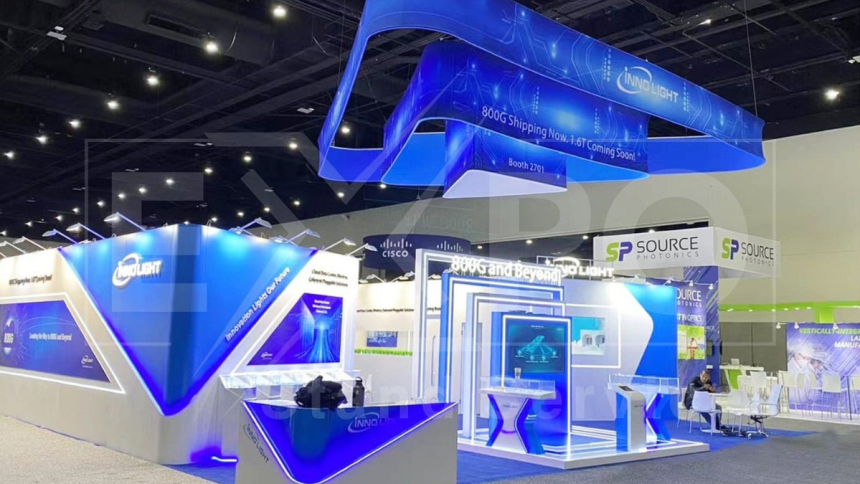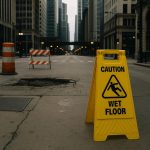Choosing the right spot for your booth at a trade fair can make or break your event’s success. The location determines your visibility, visitor traffic, and return on investment. Strategic placement aligns with your marketing goals and helps you stand out against the competition.
Here’s how to select the best location for your booth.
Understand your goals and audience
Before diving into the floor plan, identify what you want to achieve. Are you launching a new product, educating your audience, or generating leads?
Once your objectives are set, analyze attendee behavior at previous events. It is important at an industry-specific expo, like a construction materials and buildings solutions fair, where you want to explore foot traffic patterns and competitor locations.
Mapping out where decision-makers walk, pause, or congregate can guide your placement, booth design, and messaging.
Key factors to look for in booth placement
Proximity to main entry and high-traffic zones
Booths located near entrances, registration desks, or cafes benefit from high visibility. Early morning foot traffic tends to surge here, offering the best chance to grab attention. However, high-traffic spots can also come with a premium price tag.
Exhibit hall layout and traffic flow
Study the show’s exhibit hall layout to understand natural visitor pathways: main aisles versus secondary corridors. Main aisles attract volume, but smaller aisles can offer more targeted interactions—ideal for niche offerings or deeper conversations.
Nearby anchor exhibitors
Adjacent booths of well-known brands can draw visitors into your area. However, if the anchor competitor overshadows you, your booth could get lost in the crowd. Seek placement close enough to benefit from the flow, but far enough to maintain your own brand identity.
Corner vs. Inline booths
Corner booths offer exposure from two sides, increasing visibility and traffic. However, they can cost more and require a more complex layout. Inline booths are budget-friendly and easier to manage but rely heavily on aisle traffic.
Sight lines and design compatibility
A good booth placement strategy ensures your design complements the space. Consider sight lines from various angles: can passersby see your banners or demos? Does your layout encourage walking in? Make sure your visual appeal aligns with the flow of the hall.
Finding the balance between budget and impact
Prime locations come with premium pricing. If your budget is limited, consider mid-aisle, smaller spaces that allow for creative design and targeted invites. Use large visuals or demo stations to attract attention even in less sought-after spots.
Remember, a great booth in a marginal location can still win if your messaging communicates value and the design compels visitors to walk in.
Conclusion
Choosing your booth location is a strategic move, not a random listing. Use the trade fair floor plan to understand traffic, weigh the cost against visibility, and align your choice with your marketing goals.
Combining smart placement, compelling design, and the right resources from exhibit organizers can maximize visitor engagement and booth ROI, regardless of budget or event size.
Lynn Martelli is an editor at Readability. She received her MFA in Creative Writing from Antioch University and has worked as an editor for over 10 years. Lynn has edited a wide variety of books, including fiction, non-fiction, memoirs, and more. In her free time, Lynn enjoys reading, writing, and spending time with her family and friends.















